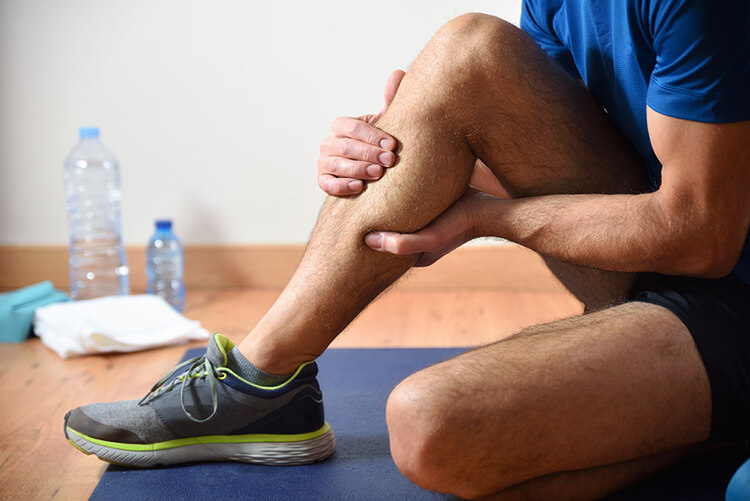Shin splints, also known as medial tibial stress syndrome, are a common injury that affect athletes, runners, and those who engage in repetitive weight-bearing activities. Understanding what they are, what causes them, recognizing the symptoms, and knowing the treatments can help manage and prevent this painful condition.
What Are Shin Splints?
Shin splints refer to the pain along the inner edge of the shinbone (tibia). This discomfort is often the result of inflammation of the muscles, tendons, and bone tissue around the tibia. While not a serious condition, shin splints can be debilitating and may hinder athletic performance if not addressed properly.

Causes of Shin Splints
Several factors contribute to the development of shin splints, including:
- Overuse: Engaging in intense physical activities, especially those involving repetitive impact, such as running or jumping, can strain the shin muscles.
- Improper Footwear: Wearing worn-out or unsupportive shoes can increase stress on your shins.
- Flat Feet or Overpronation: These conditions can cause the muscles and tendons in your shins to work harder, leading to inflammation.
- Sudden Increase in Activity: Rapidly increasing the duration, frequency, or intensity of physical activity can strain the shin muscles.
- Running on Hard Surfaces: Exercising on concrete or other hard surfaces can put extra stress on your shins.
Symptoms of Shin Splints
The primary symptom of shin splints is pain along the inner edge of the shinbone. Other symptoms may include:
- Tenderness or soreness along the inner part of the lower leg
- Mild swelling in the lower leg
- Pain that worsens during exercise and may persist afterward
Effective Treatments for Shin Splints
Managing shin splints involves a combination of rest, rehabilitation, and preventive measures. Here are some effective treatments:
Custom Foot Orthotics
Custom foot orthotics can provide the necessary support to correct biomechanical issues, such as flat feet or overpronation. These orthotics help distribute pressure evenly across the foot, reducing strain on the shin muscles.
Ankle Bracing
Ankle braces offer additional support to the ankle and foot, helping to stabilize the lower leg and prevent further injury. They are especially useful for athletes who need to continue training while recovering from shin splints.
FS6 Compression Sleeve
The FS6 compression sleeve is designed to provide targeted compression to the lower leg, improving blood flow and reducing inflammation. This sleeve can be worn during and after exercise to alleviate pain and speed up recovery.
Medical Grade Compression Socks
Medical grade compression socks offer graduated compression, promoting better circulation and reducing muscle fatigue. They can be worn throughout the day to support recovery and prevent the recurrence of shin splints.
Therapeutic Footwear
Wearing therapeutic footwear with proper arch support and cushioning can significantly reduce the strain on your shins. Look for shoes designed for your specific activity, whether it’s running, walking, or other sports.
Stretching and Targeted Exercises
Engaging in stretching and targeted exercises can strengthen the intrinsic muscles of the foot and improve flexibility. Incorporate exercises that focus on the arch and calf muscles to enhance support and reduce the risk of shin splints. Here are a few video resources to guide you through these exercises:
1) 20…. Heel raise with ball
2) 13 … Arch Shortening Short foot exercises
3) 28b Tib Ant Easier
Therapeutic Massage Ball
Using a therapeutic massage ball can help relieve tightness and discomfort in the shin and calf muscles. Roll the ball along your lower leg to break up adhesions and improve muscle flexibility.
Resistance Bands
Resistance bands are versatile tools for strengthening the muscles around your shins. Incorporate resistance band exercises into your routine to build strength and support for your lower legs.
Shin splints can be a frustrating and painful condition, but with the right approach, they can be effectively managed and prevented. By understanding the causes and symptoms, and incorporating treatments like custom foot orthotics, ankle bracing, compression gear, therapeutic footwear, stretching exercises, massage, and resistance training, you can keep shin splints at bay and continue to enjoy your physical activities.
Remember, if you experience persistent or severe pain, schedule an appointment for a proper diagnosis and personalized treatment plan.

